How Camera Stabilizer Works?
In the world of photography and videography, achieving smooth, stable shots is paramount. Whether you're a professional filmmaker or an amateur enthusiast, the quest for that perfect, shake-free shot is universal. This is where camera stabilizers come into play. These devices are designed to counteract unwanted camera movement, ensuring that your footage remains steady and professional-looking. But how exactly do camera stabilizers work? In this article, we'll delve into the mechanics and technology behind these essential tools, exploring the different types of stabilizers and their applications.
The Basics of Camera Stabilization
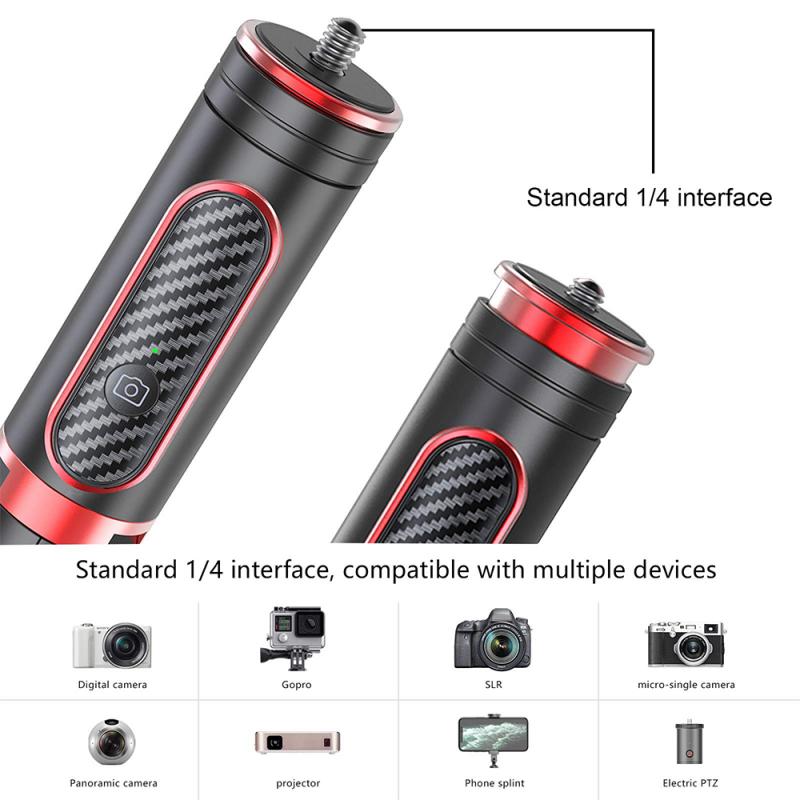
At its core, a camera stabilizer is a device that minimizes the effects of camera shake. Camera shake can be caused by various factors, including hand movements, walking, or even breathing. The primary goal of a stabilizer is to isolate the camera from these movements, allowing for smooth and fluid motion.
Types of Camera Stabilizers
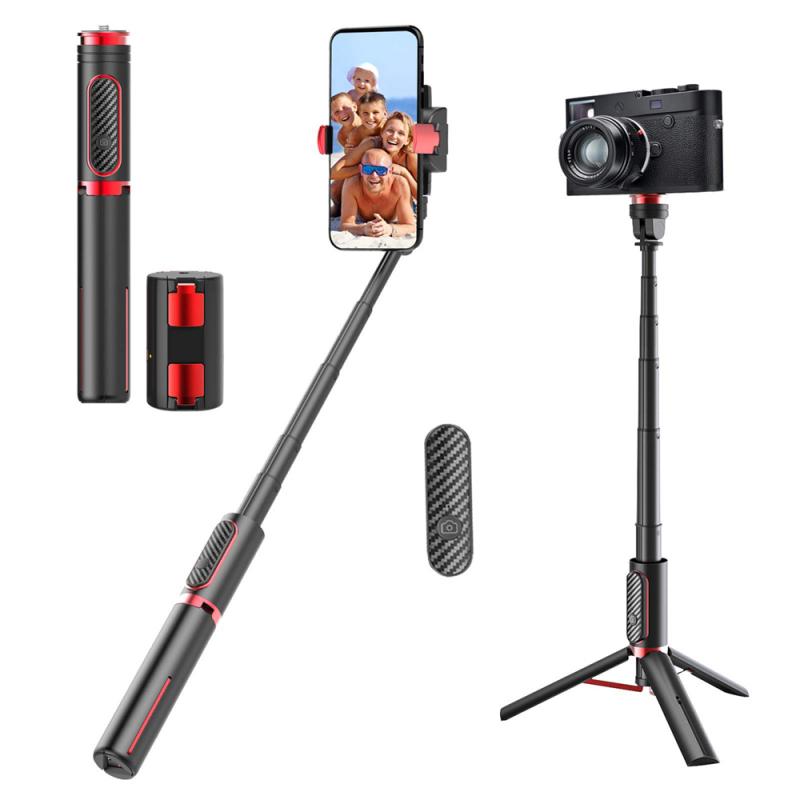
There are several types of camera stabilizers, each with its own unique mechanism and use case. The most common types include:
1. Handheld Stabilizers
2. Gimbals
3. Steadicams
4. Tripods and Monopods
Handheld Stabilizers
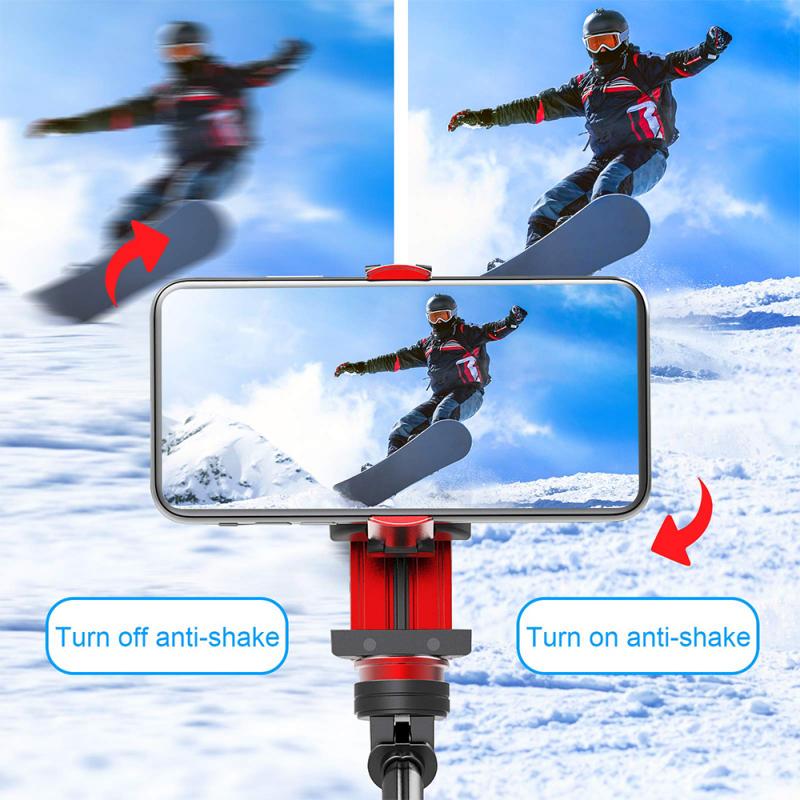
Handheld stabilizers are the simplest form of camera stabilizers. They typically consist of a handle and a counterweight system. The camera is mounted on top, and the counterweights help to balance the camera, reducing shake. These stabilizers are lightweight, portable, and relatively inexpensive, making them a popular choice for amateur videographers and vloggers.
Gimbals
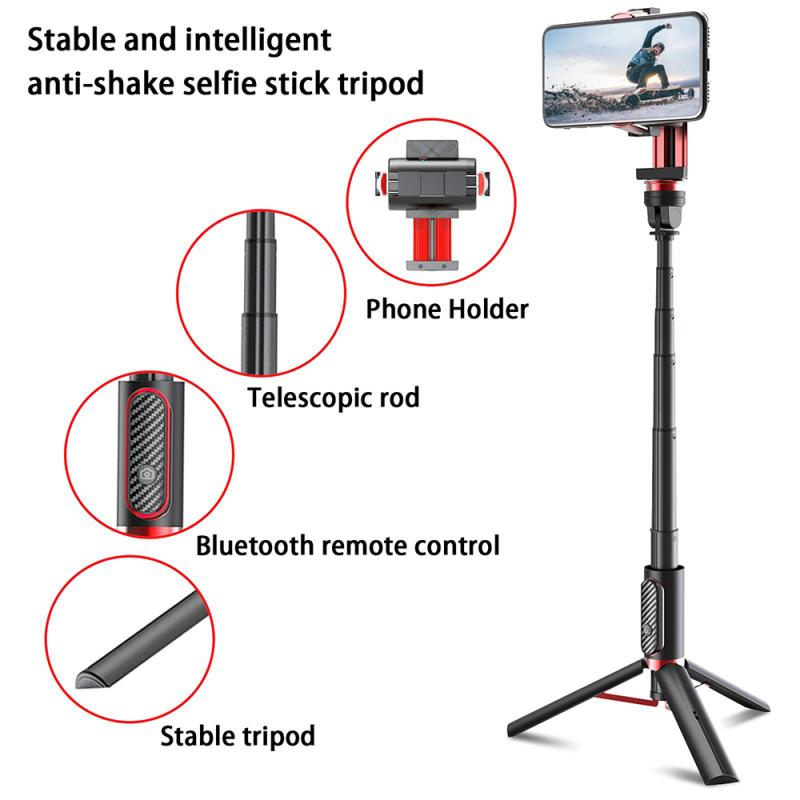
Gimbals are more advanced stabilizers that use motors and sensors to achieve stabilization. They come in two main types: two-axis and three-axis gimbals.
- Two-Axis Gimbals: These gimbals stabilize the camera along the pitch (up and down) and roll (side to side) axes. They are suitable for basic stabilization needs.
- Three-Axis Gimbals: These gimbals add a third axis of stabilization, the yaw (left to right) axis. This provides more comprehensive stabilization, making them ideal for professional use.
Gimbals use brushless motors and gyroscopic sensors to detect and counteract camera movement in real-time. The sensors detect any unwanted motion, and the motors adjust the camera's position to compensate, resulting in smooth, stable footage.
Steadicams
Steadicams are a type of camera stabilizer that combines mechanical and manual stabilization techniques. They consist of a harness worn by the operator, a spring-loaded arm, and a gimbal-based stabilizing system. The harness distributes the camera's weight across the operator's body, reducing fatigue, while the arm and gimbal system isolate the camera from the operator's movements.
Steadicams are highly effective for capturing dynamic shots, such as those involving running or climbing stairs. They are commonly used in professional filmmaking and television production.
Tripods and Monopods
While not traditionally considered stabilizers, tripods and monopods can also help achieve stable shots. Tripods provide a stable base for the camera, eliminating shake entirely. Monopods, on the other hand, offer a single point of contact with the ground, reducing vertical shake while allowing for some horizontal movement.
How Stabilizers Work: The Science Behind the Smoothness
The effectiveness of a camera stabilizer lies in its ability to counteract unwanted motion. This is achieved through a combination of mechanical design, electronic components, and sometimes, software algorithms.
Mechanical Stabilization
Mechanical stabilizers, such as handheld stabilizers and Steadicams, rely on physical principles to achieve stability. The key components include:
- Counterweights: These are used to balance the camera, ensuring that its center of gravity is aligned with the stabilizer's pivot point. This reduces the impact of hand movements on the camera.
- Gimbals: These are pivoted supports that allow the camera to rotate freely along one or more axes. Gimbals isolate the camera from the operator's movements, allowing for smooth motion.
- Springs and Dampers: In Steadicams, springs and dampers are used to absorb and dissipate energy from sudden movements, further reducing shake.
Electronic Stabilization
Electronic stabilizers, such as gimbals, use advanced technology to achieve stabilization. The key components include:
- Brushless Motors: These motors are used to adjust the camera's position in real-time. They are highly responsive and provide smooth, precise movements.
- Gyroscopic Sensors: These sensors detect any unwanted motion and send signals to the motors to counteract it. Gyroscopic sensors are highly sensitive and can detect even the slightest movements.
- Control Algorithms: These are software programs that process the sensor data and determine the appropriate motor adjustments. Advanced algorithms can predict and compensate for complex movements, ensuring optimal stabilization.
Applications of Camera Stabilizers
Camera stabilizers are used in a wide range of applications, from amateur videography to professional filmmaking. Some common use cases include:
- Vlogging: Handheld stabilizers and gimbals are popular among vloggers, as they allow for smooth, professional-looking footage while on the move.
- Action Sports: Gimbals are often used in action sports filming, as they can stabilize footage captured during high-speed activities such as skiing, mountain biking, and skateboarding.
- Cinematic Filmmaking: Steadicams are a staple in the film industry, used to capture dynamic, fluid shots that would be difficult to achieve with traditional camera setups.
- Live Events: Stabilizers are used in live event coverage, such as concerts and sports events, to ensure smooth, stable footage despite the unpredictable nature of the environment.
Choosing the Right Stabilizer
Selecting the right camera stabilizer depends on several factors, including your budget, the type of camera you use, and your specific stabilization needs. Here are some tips to help you make an informed decision:
- Budget: Handheld stabilizers are the most affordable option, while gimbals and Steadicams can be more expensive. Determine your budget and choose a stabilizer that offers the best value for your money.
- Camera Type: Ensure that the stabilizer you choose is compatible with your camera. Some stabilizers are designed for specific camera models or weight ranges.
- Stabilization Needs: Consider the type of shots you plan to capture. If you need basic stabilization for casual filming, a handheld stabilizer may suffice. For more complex shots, such as those involving rapid movement or changes in direction, a gimbal or Steadicam may be more appropriate.
Camera stabilizers are invaluable tools for achieving smooth, professional-looking footage. Whether you're a vlogger, action sports enthusiast, or professional filmmaker, there's a stabilizer out there to meet your needs. By understanding the mechanics and technology behind these devices, you can make an informed decision and take your videography to the next level. So, the next time you're out capturing the world through your lens, remember the science and engineering that goes into keeping your shots steady and your audience engaged.


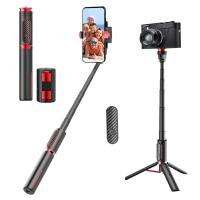
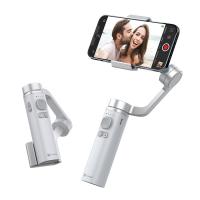
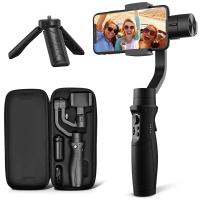
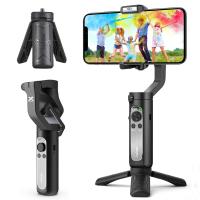

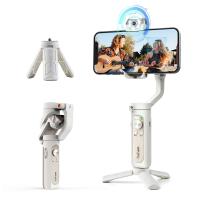

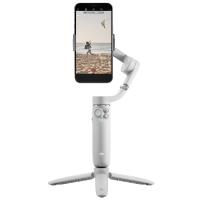

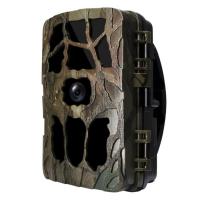

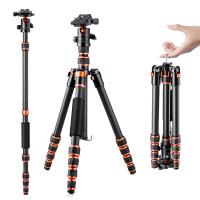

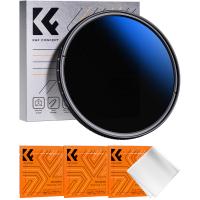
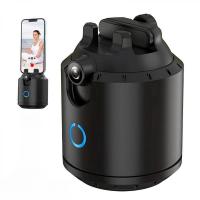
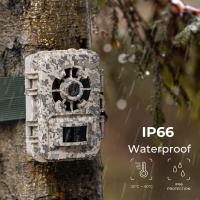
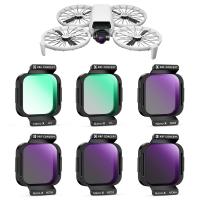
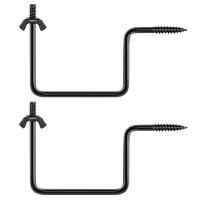



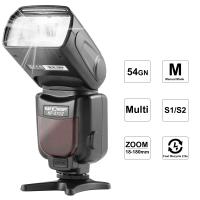



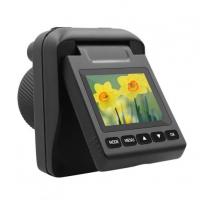

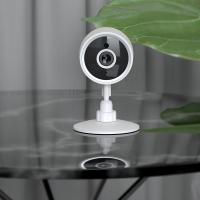
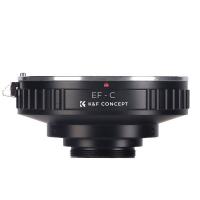





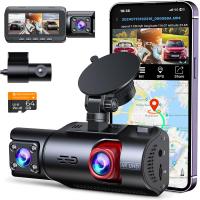


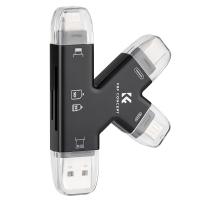
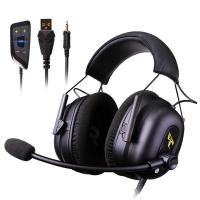
There are no comments for this blog.